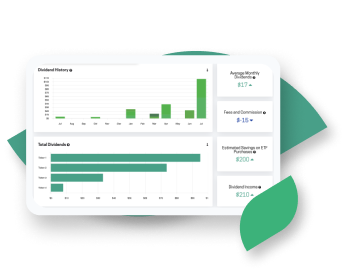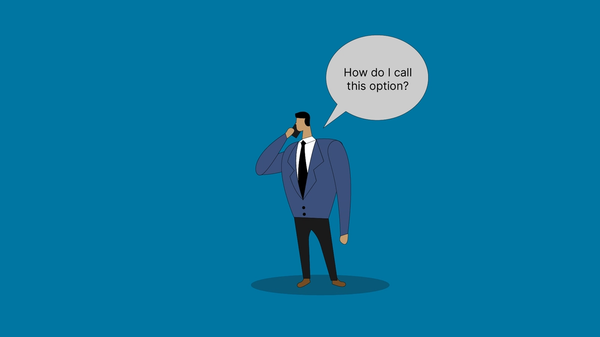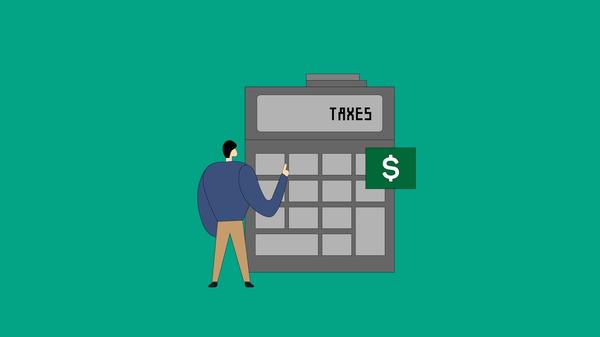Normally, you would think that an investment portfolio would be designed to be able to bring you the most profit from your investments.
While many things are taken into consideration to compensate for potential problems, there is one very important factor that is often neglected completely by investment companies.
Cash drag (or performance drag) may be severely affecting your portfolio and reducing your profit and your financial advisor may not be doing anything about it.
About Cash Drag
As long as your money is being invested in stocks, ETFs, and other types of securities, you can normally expect a profit. You can also expect that some things such as taxes, inflation, and fees will take a small chunk out of your profit. This is normal and it affects every investor to some degree.
What is often not seen is a profit-losing feature called cash drag. This occurs when a stock is sold because it has been underperforming and cash is obtained from the sale of it. Your investment money is only earning a decent interest when you have bought stock. Because the cash will often sit uninvested for at least 30 days after stock is sold, you are losing a considerable amount of profit.
Cash drag will also occur when you have cash deposited into your investment account but it sits there as a cash reserve and is not invested for some time. This allows your cash to build up – uninvested, an opportunity cost that causes you to lose potential profit.
The Portfolio Loss You Can Expect
Money invested well in the stock market can be expected to bring in a positive return – typically as much as 5 to 8% yearly. This is despite some inflation, which is often around three percent each year.
When you add in the cost of fees, taxes, and normal fluctuations in the stock market, that does not leave a lot of profit. Now, add to this, the losses incurred from having some of your cash uninvested. This means that you could be losing – unnecessarily – around 5% of your profit! In some cases, it may mean almost zero profit gained for the entire year! That's poor performance.
Most diversified portfolios, which are the best way to hedge against losses, will consist of some stocks and bonds. When one type suffers a loss, the other type can often provide a balance enabling you to continue to earn you a portfolio return overall.
Looking at the potential loss one year at a time may not seem all that significant. However, looked at over 30 years, you can see the long-term effects of cash drag on your investment money. If you invested $100,000 and had just over 10 percent of it in uninvested cash earning one percent interest and the rest earning an average of 5.8%, over the next 30 years, you would have lost over $73,000 because of cash drag! If you had 8% returns, it would be considerably more than double that amount!
Your financial managers will strive to ensure that your money is invested in stocks that are performing well. This requires that they sell stock that starts underperforming, producing cash from the sale.
The federal government has laws in place that state that when a stock is sold that you cannot buy a similar stock for 30 days with that money. You will suffer penalties if you do and your investment company knows this.
To get around it and to be safe, they will often let your cash sit for 30 days before reinvesting it. This is more cash drag on your investment money. And this has a high opportunity cost because that cash could instead be invested in other assets.
Problems with this law can be avoided simply by reinvesting your money right away but in a slightly different stock. This will eliminate cash drag, reduce your opportunity cost, and ensure that your money continues to earn profit instead of sitting idle.
Money from dividends can also be reinvested as soon as dividends are paid. Some investment companies will reinvest fractional shares to help you get the maximum profit possible from your money and avoid any cash drag.
Cash Reserves aka Cash Just Sitting in Your Portfolio
A few investment companies will direct you to keep some uninvested cash in your portfolio in a cash reserve. Some will portfolio managers will have you keep as much as 30% of your portfolio in cash. They may say that this is to ensure you have cash available to invest in fractional shares. In that case, it is quite probable that your cash will be reinvested for the company's profit – not yours.
And when holding in mutual funds, you can find yourself even more victim to cash drag. When you invest in mutual funds, the portfolio manager of the fund chooses what is bought and sold within the fund, further impacting your portfolio returns due to cash drag.
Other Forms of Cash Drag
Credit Card Balances
Building a large retirement fund or investment portfolio also means that you need to watch for other sources of lost cash. One of the most costly is the interest being paid on credit cards if you maintain a balance on them. This is often double-digit, which is apt to be more than what you will earn on most investments.
Other loans and debt are likely to add to this loss. Paying off those debts as soon as possible will help you keep more money in your pocket and may also help build your credit score.
"Free" Portfolios
You have often heard it said that there is no free lunch. This is true concerning portfolios that claim to be "free." The hidden cost is that the company that offers "free" portfolios is most likely reinvesting the money that could be earning you a considerable profit and putting it in their pockets. This strategy reveals that they are more interested in lining their own pockets rather than helping you gain the most returns on your investment.
How Passiv Enables You to Avoid Cash Drag
Passiv can help you boost your portfolio performance. Using our software will enable you to eliminate cash drag on your investment money by automating your cash reinvesting.
Passiv enables you to set up your personalized index according to your chosen target allocation. It can automatically execute trades for you and will keep your portfolio balanced at the same time.

Don't Suffer From Cash Drag
Set up your portfolio for automated re-investing to keep your cash and dividends at work.
Get StartedWhen dividend payments or cash comes in, you are notified so that the money can be reinvested immediately. Take control over your investment money today and start eliminating the drag on your portfolio returns.


